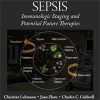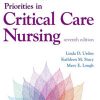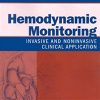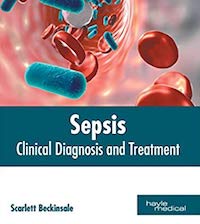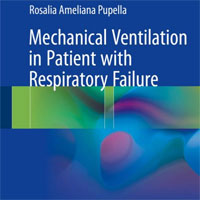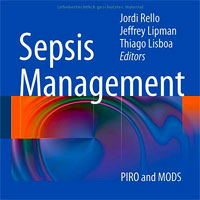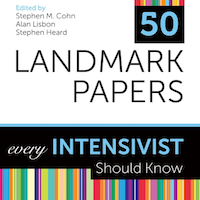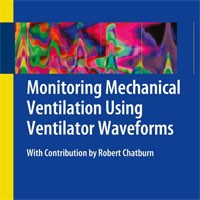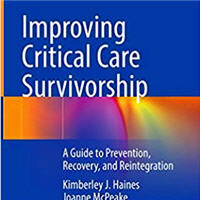The use of continuous perineural catheters and other practices to optimize regional anesthesia in COVID-19 patients
link.springer.com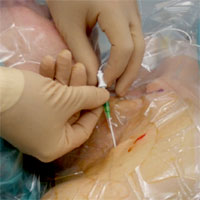
As anesthesiologists, we are on the front line of the fight against coronavirus disease (COVID-19), whether in the intensive care unit, operating room, or elsewhere in the hospital. Given the highly contagious nature of the severe acute respiratory syndrome coronavirus 2 (SARS-CoV-2) virus via contact, droplets, and aerosols, it is critically important for anesthesiologists to have proper personal protective equipment (PPE) and for healthcare systems to create protocols to minimize exposure.
In the operating room, regional anesthesia has the potential to allow providers to avoid the aerosol generation associated with general anesthesia and its requisite bag mask ventilation, airway suctioning, and endotracheal intubation.
Regional anesthesia, therefore, has the potential to decrease SARS-CoV-2 spread to healthcare workers, in addition to the many other benefits nerve blocks offer to surgical patients.
Based on our experience performing regional anesthesia in COVID-19 patients, we recommend performing all blocks in the patient’s isolation room before transportation to the perioperative area.
Additionally, we recommend continuous peripheral nerve blocks for all COVID-19 patients expected to have multiple surgeries or significant prolonged postoperative pain.



